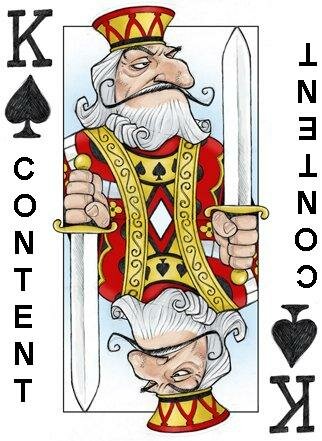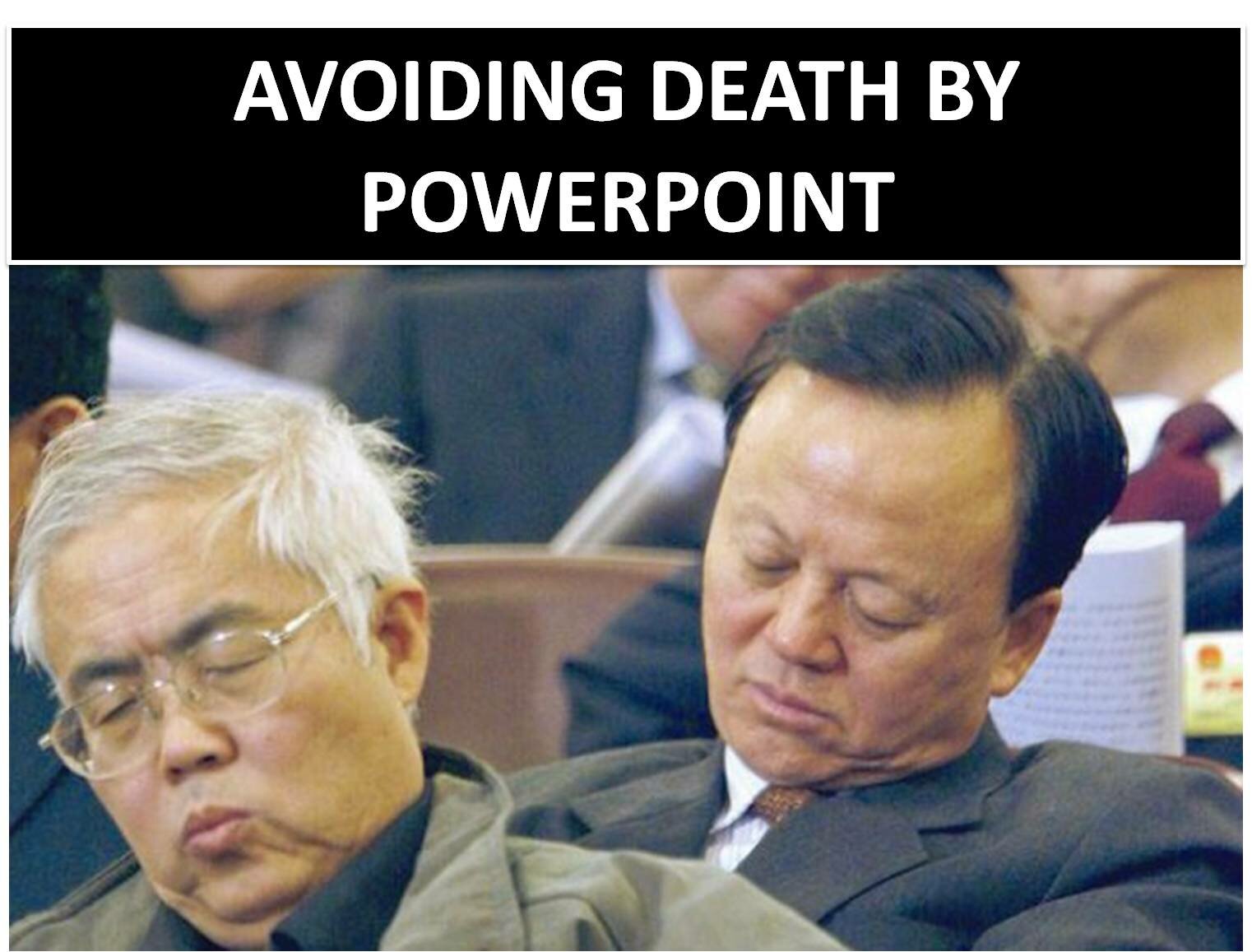Thinking Clearly
|
|||||||||
KR Ravi | Dec 22, 2009
 One of the wonders of the world is that obviously intelligent people make elementary but serious errors in thinking.
One of the wonders of the world is that obviously intelligent people make elementary but serious errors in thinking.
I happened to meet a friend of mine, a successful banker in California who had migrated from India to the US more than a decade ago. He was talking about violence in India and gave that as one reason for his disappointment with his home country.
Let me use this argument as a starting point of a simple insight into thinking skills.
One of the first lessons in thinking skills is:
• Ask/look for reason.
• Ask/look for logic.
• Ask/look for credible evidence.
• Remember that anecdotes do not constitute evidence.
Take my friend’s lament about murders.
I looked up possible sources of evidence regarding incidence of murders in various countries in the world. I came across THE MURDER MAP which shows graphically the incidence of that crime in most countries. What did I find?
India’s record is more or less the same as that of the USA! I am not saying that we can be smug about our record. All that I am saying is that once you respect and base your thinking on evidence, figures and logic you will become a better thinker.
In looking at figures there are two other points to be remembered:
• When given a figure always ask ‘Is this big or small, significant or not?’
• This figure has to be analysed in relation to what denominator?
Let us take another common lament: How is it that a country of one billion cannot produce a Wimbledon champion?
Let’s look at this statement in the light of the above guidelines.
This lack of tennis champions is sad but is a billion the appropriate denominator?
What is the base, the bucket, of the number of families that have access to tennis courts?
Is the denominator, the figure of one billion or the number of kids who have tennis playing facilities within access? If you feel as I do that very few families can access such facilities and this ought to be the denominator, it is indeed creditable that we produce some very good players of the likes of the Krishnans, the Amritrajs, Bhoopathy, Paes, and Sania Mirza.
As for the murder rate in the U.S and in India, how does one measure the rates credibly? In terms of the number of murders per 100000 of population per annum? That’ s how the Murder Map is constructed .
A Bihar based friend of mine boasted about five years ago that the Bhojpuri film industry was the fastest growing film industry in India. To which I replied that in the case of Bhojpuri films ANY GROWTH WILL SEEM ASTRONOMICAL! The reason why I said this? The same old little matter of the denominator—in this case zero base.
When I moved to the city of Washington DC three years ago I was looking at various places to rent an apartment in. I knew that every city in the U.S (maybe all over the world) has parts that are unsafe .I looked at the figures for crimes in each part of the city and made an informed decision to move into the locality where I now stay.
Often we tend to go by hearsay. In most cases we tend to form opinions on the basis of subjective judgments. These tend to be prejudiced.
I have evidence to prove this!
If all this is obvious the question remains: Why do we miss the obvious?
Filed Under: Miscellaneous
|
|||||||||


















